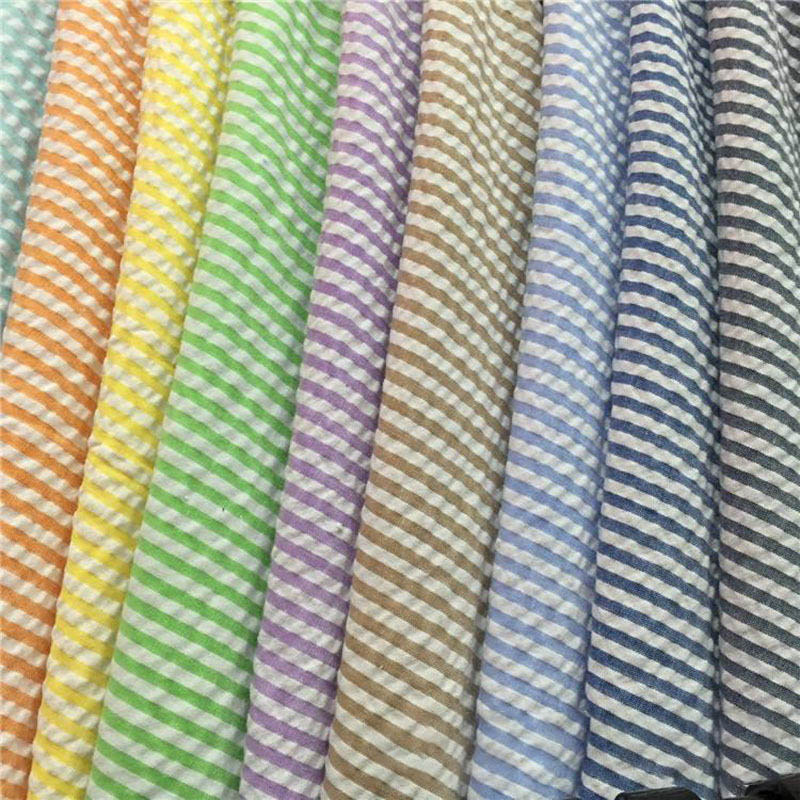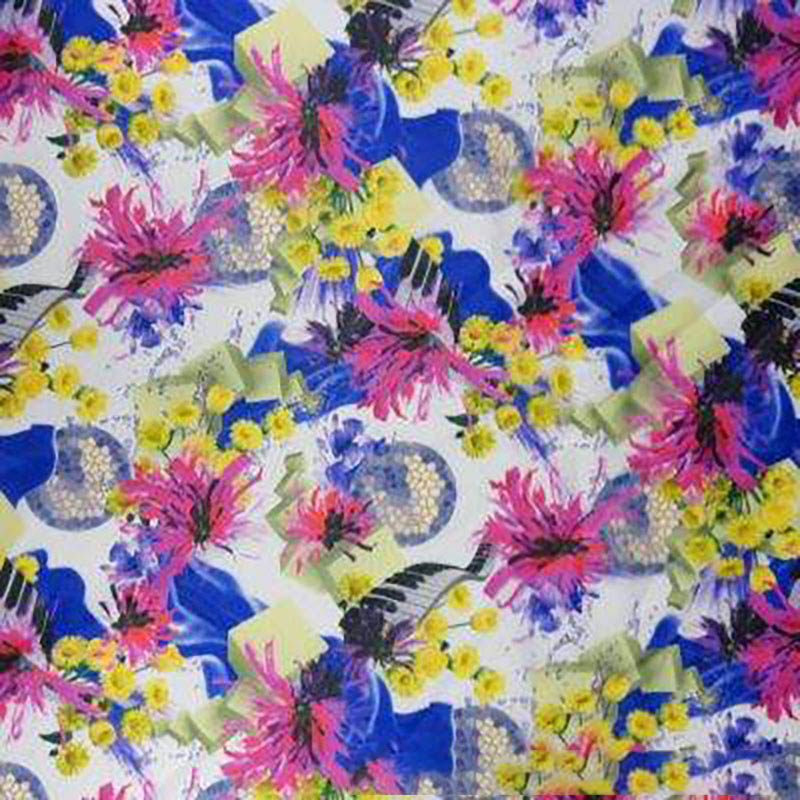In the world of textiles, fabric durability is a critical aspect that directly influences the lifespan and usability of clothing and home décor items. My exploration into this topic has unveiled vital factors contributing to the strength and wear resistance of various fabrics. Understanding these elements can guide consumers and manufacturers alike in making informed choices.

Several key factors determine the durability of fabric. These include fiber type, weaving techniques, and finishing processes. For instance, natural fibers like cotton and wool possess inherent strengths, while synthetic fibers such as polyester offer exceptional wear resistance. Additionally, the weave structure plays a vital role; tighter weaves generally enhance durability.

Wear resistance is crucial for fabrics used in everyday products. Fabrics that can withstand abrasion and degradation provide greater value over time. I have observed that consumers often prefer garments and home textiles that maintain their appearance and functionality for extended periods, reducing the need for frequent replacements.
Opting for durable fabrics offers several advantages. First, it contributes to cost savings in the long run as it minimizes the need for replacements. Second, durable fabrics tend to retain their aesthetic appeal, which is essential for both clothing and home furnishings. Lastly, choosing long-lasting materials aligns with sustainable practices by reducing waste in the textile industry.

In conclusion, understanding fabric durability equips us with the knowledge to select better textiles for our needs. By considering the factors that enhance durability and wear resistance, we can make informed decisions that benefit our lifestyle and the environment. As I continue to study this vital aspect of textiles, I encourage others to explore and appreciate the value of durable materials.
